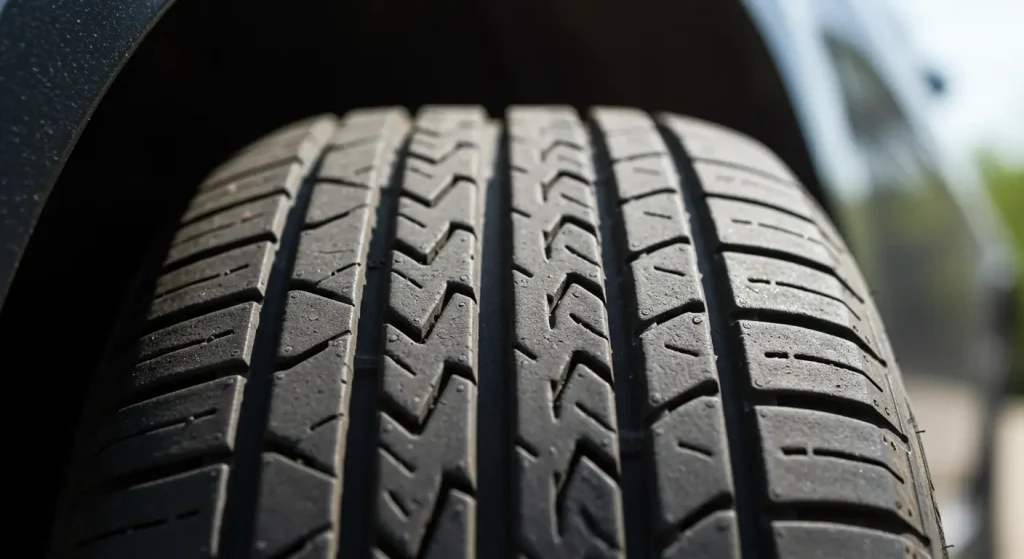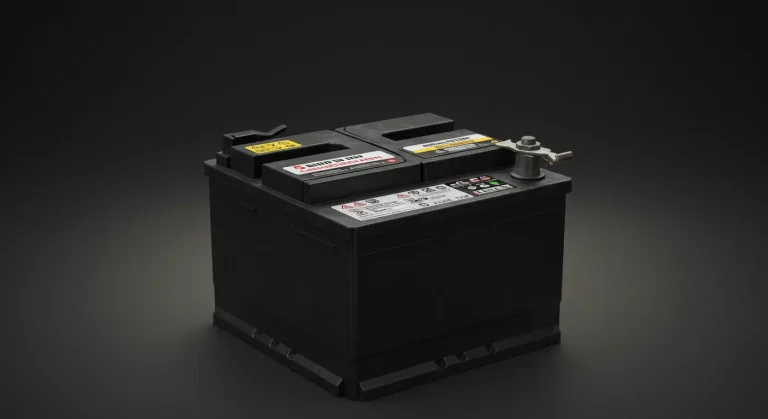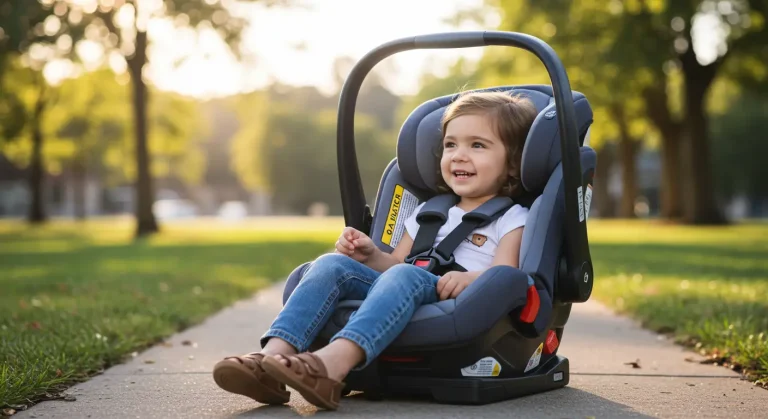When was the last time you checked your car’s tire pressure? If you’re like most people, you probably only think about it when the dashboard light comes on. But did you know that keeping your tires properly inflated can impact everything from your fuel efficiency to your safety on the road?

In this article, we’ll explore why tire pressure is so important, how it affects your car’s performance, and why you shouldn’t wait for a light to tell you something’s wrong.
Understanding Tire Pressure and Its Importance
Tire pressure refers to the amount of air inside your car’s tires, and it’s measured in pounds per square inch (PSI). Each tire has a recommended pressure level set by the manufacturer. If your tire pressure is too low or too high, it can cause issues ranging from poor fuel economy to compromised safety on the road.
Maintaining the correct tire pressure isn’t just about ensuring your car runs smoothly. It plays a key role in your safety. Under-inflated tires can cause poor traction, while over-inflated tires may result in an uncomfortable ride, increased wear, and even tire blowouts. Keeping your tires properly inflated is an easy way to prevent accidents and ensure your vehicle’s peak performance.
The Benefits of Proper Tire Pressure
You might be wondering why tire pressure matters so much. Well, here’s why keeping your tires in check can make a huge difference:
- Improved Fuel Efficiency: Tires that are inflated correctly reduce rolling resistance. This means the engine doesn’t have to work as hard, leading to better fuel efficiency.
- Longer Tire Lifespan: Proper tire inflation ensures that your tires wear evenly, which means you’ll get more mileage before needing to replace them.
- Better Handling and Safety: Correct tire pressure ensures better grip, which can improve your car’s handling and braking, particularly in slippery conditions like rain or snow.
- Avoid Costly Repairs: Tires that are not inflated correctly can strain your vehicle’s suspension system, leading to expensive repairs in the future.
How to Check Your Tire Pressure
You don’t need to be a mechanic to check your tire pressure. Here’s how you can do it yourself:
- Get a Tire Pressure Gauge: You can buy a tire pressure gauge from any auto parts store or online.
- Check When Tires Are Cold: For the most accurate reading, ensure your tires haven’t been driven on for at least three hours.
- Compare with Recommended PSI: Your vehicle’s manual or a sticker inside the driver’s side door should tell you the recommended PSI for each tire.
- Adjust as Needed: If the pressure is too low or high, you can use an air compressor at a gas station or at home to adjust it.
The Risks of Ignoring Tire Pressure
Ignoring your tire pressure can lead to several negative consequences. Here’s what could happen if you don’t take it seriously:
- Poor Gas Mileage: Low tire pressure increases rolling resistance, causing your engine to work harder and burning more fuel.
- Increased Tire Wear: Tires with improper pressure wear unevenly and may need to be replaced sooner.
- Potential for Tire Blowouts: Over-inflated tires are at higher risk of blowouts, especially when driving at high speeds or on hot days.
- Reduced Braking Performance: Tires that are under-inflated or over-inflated do not provide optimal traction, which can reduce braking efficiency.
Explore: Georgia harrison on XXBRITS
How Often Should You Check Your Tire Pressure?
Checking your tire pressure regularly can save you from costly repairs and dangerous situations. The general recommendation is to check it at least once a month. However, there are certain times when it’s essential to check more frequently:
- Before Long Trips: If you’re planning a long drive, it’s wise to check the tire pressure before hitting the road to avoid any surprises.
- During Seasonal Changes: Tire pressure can change with the weather. Cold weather can lower tire pressure, while hot weather can increase it.
- If You Notice Poor Handling: If your car feels unstable or pulls to one side, it might be time to check your tire pressure.
How Tire Pressure Affects More Than Just Tires
The impact of tire pressure goes beyond just the tires. Here’s how improper tire pressure can affect other parts of your vehicle:
- Vehicle Alignment: Incorrect tire pressure can throw off your car’s alignment, causing uneven tire wear and the need for more frequent alignment adjustments.
- Fuel Economy: Low tire pressure forces the engine to work harder, which decreases your fuel efficiency and increases your fuel costs over time.
For more tips on car maintenance and eco-friendly driving, check out our automobile category.
Real-Life Example: The Consequences of Ignoring Tire Pressure
Consider the story of a family driving from London to Edinburgh. Halfway through their trip, they noticed their car wasn’t handling properly. They pulled over to inspect their tires and found one tire was severely under-inflated. Fortunately, they caught the issue in time to avoid a blowout. This serves as a perfect reminder: checking your tire pressure before and during long trips can prevent costly and dangerous mistakes.
Tire Pressure Chart for Common Car Models
| Car Model | Recommended PSI (Front Tires) | Recommended PSI (Rear Tires) |
| Toyota Corolla | 32 PSI | 32 PSI |
| Honda Civic | 30 PSI | 30 PSI |
| Ford F-150 | 35 PSI | 35 PSI |
| BMW 3 Series | 33 PSI | 33 PSI |
| Audi A4 | 34 PSI | 34 PSI |
Conclusion: Keep Your Tires in Check for a Safer, Smoother Ride
Maintaining proper tire pressure is a simple yet crucial step to ensuring your vehicle’s safety and performance. It can help you save money, improve fuel efficiency, and prevent serious accidents. Taking a few minutes each month to check your tire pressure could save you from costly repairs, keep you safer on the road, and help your car run more efficiently.
Get more updates from our homepage.






